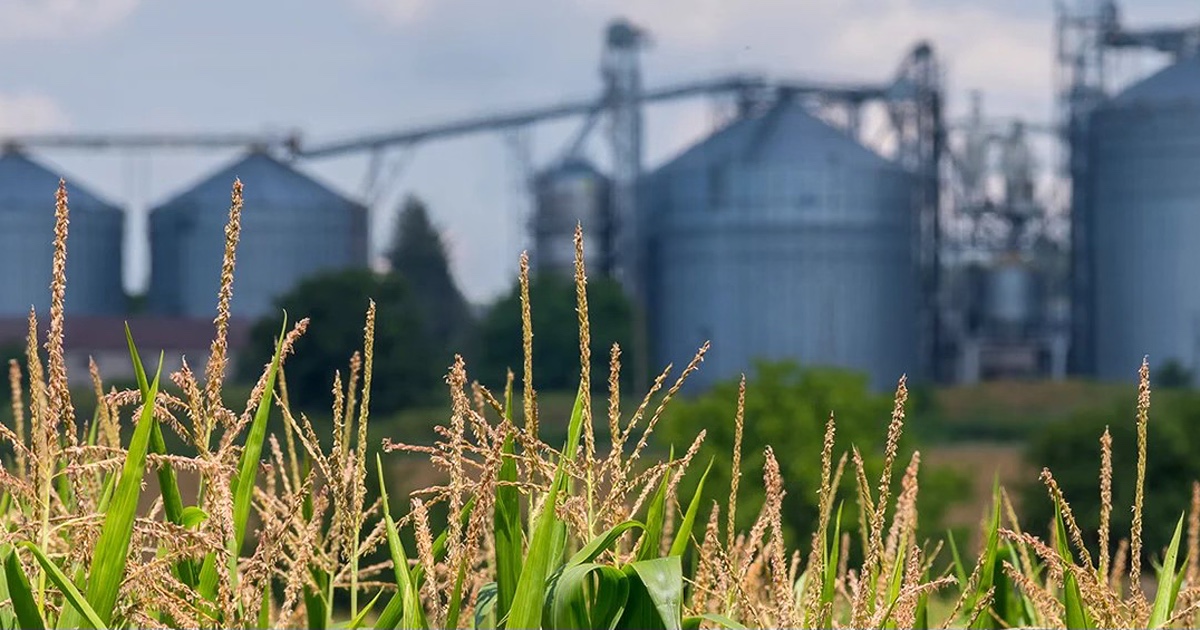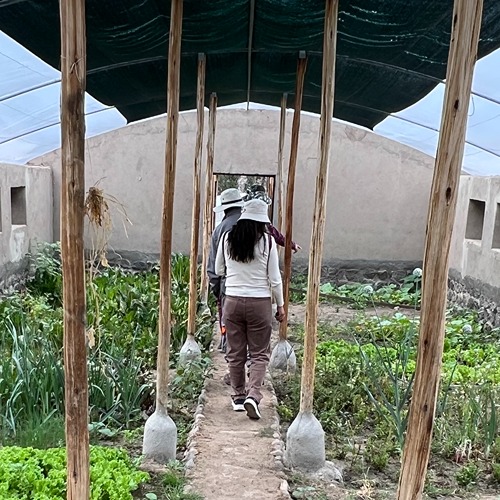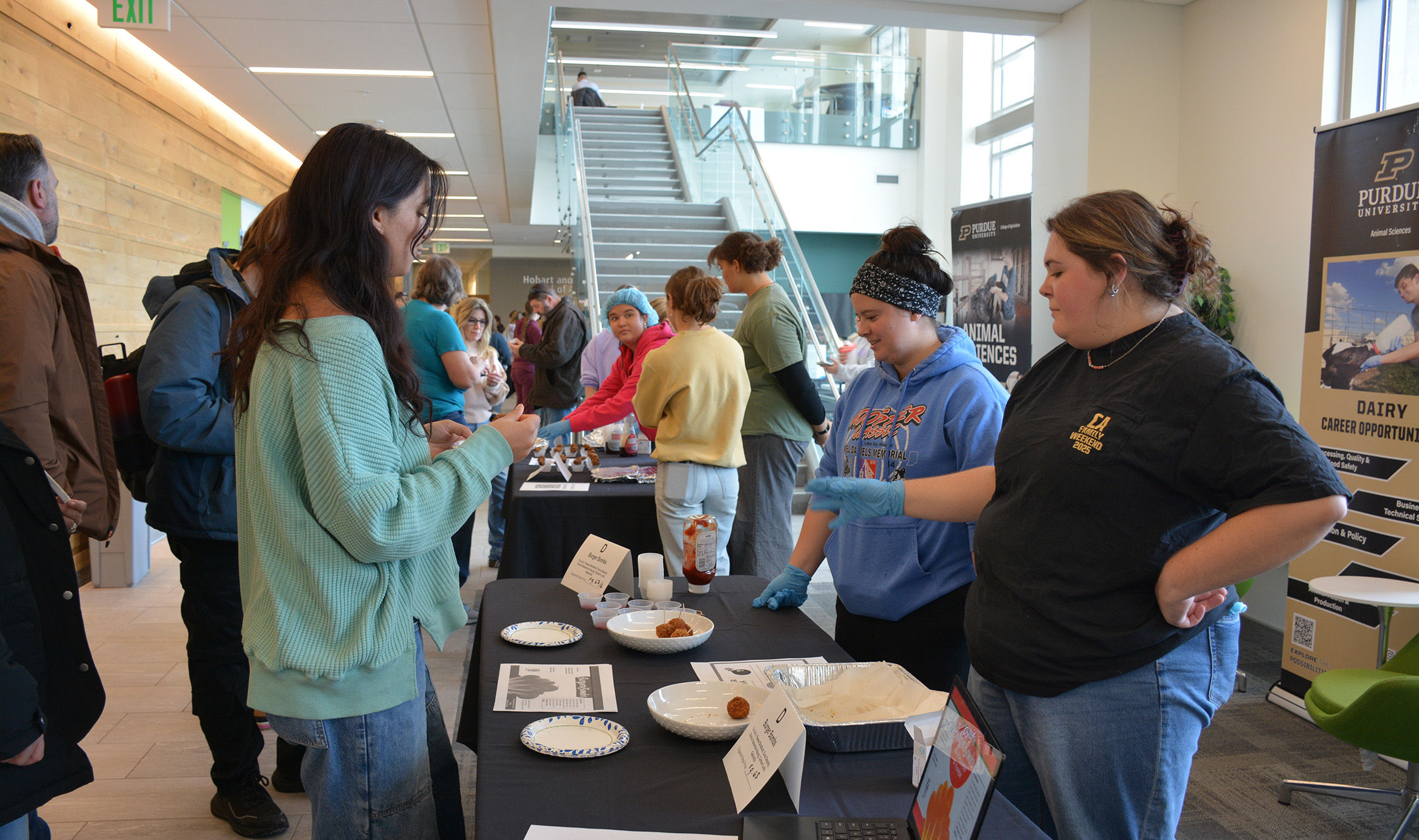Bountiful harvests will likely keep holiday food prices manageable, Purdue ag economist says
Consumers planning a traditional Thanksgiving dinner this year can expect to pay less for turkeys, compared to 2016. The prices of other holiday staples, such as dressing, dinner rolls and pumpkin pie, should remain about the same or increase only slightly, according to an analysis by Chris Hurt, Purdue Extension agricultural economist.
“Abundant crop harvests in both 2016 and 2017 are the primary reason why grocery store food prices are rising less than the general inflation rate,” Hurt said. “Favorable production has kept farm prices low, and that helps keep grocery store prices low.”
Fruit and vegetable prices at grocery stores are running about 1 percent higher this year, he noted. Cereal and bakery product prices are unchanged from this time a year ago. The costs for sugar and sweets are also unchanged. The pumpkin crop, especially processed pumpkins used for pie fillings, was above average this year, suggesting little change in prices.
But the biggest bargains might be for the main course.
“Abundant grain crops mean low feed prices for the animal industry,” Hurt said. “As a result, animal producers have been expanding production. Thanksgiving turkey supplies are higher this year. This will reduce the price farmers receive and enable consumer turkey prices to drop by an expected 2 to 4 percent.”
Prices for dairy products in grocery stores are also nearly unchanged from last year, he said.
While grocery store prices are expected to remain low, food prepared by others will be 2 percent to 3 percent higher this year, Hurt said. This includes food consumed in restaurants and ready-to-eat foods prepared by others.
“Foods that are prepared or consumed away-from-home include more marketing services than our grocery store food,” Hurt explained. “Someone is taking the raw materials from the grocery store and providing the food preparation. In the case of restaurants, they are also providing the dining facilities, table service and clean up. Prices of these added marketing services are moving up more rapidly than the basic food items purchased in grocery stores.”
A YouTube video of Hurt talking about the prices is available here.
Hurt noted that the hurricanes that buffeted Texas and Florida this year should have little direct impact on consumer shopping for Thanksgiving dinner.
“Even though both Texas and Florida are major food producers, the impact on prices should be small,” he said. “Texas vegetable production is concentrated in the Rio Grande Valley, not the eastern side of the state that was flooded. In Florida, major hurricane losses are reported for the citrus crop, but not the vegetable crops where many fields were unplanted at the time of the storm, according to USDA.”
Hurt said consumers should remember to thank the farmers and food systems who produce their holiday meals.
“Thanksgiving is a time to celebrate our blessings,” he said. “For those at the first Thanksgiving the celebration of sufficient food was a top priority. Today, modern agriculture has generally been able to provide abundant food and to do that at moderate costs. This Thanksgiving follows in that tradition as agriculture and weather have combined to provide a bountiful harvest and to keep food costs increases at a moderate level.”





